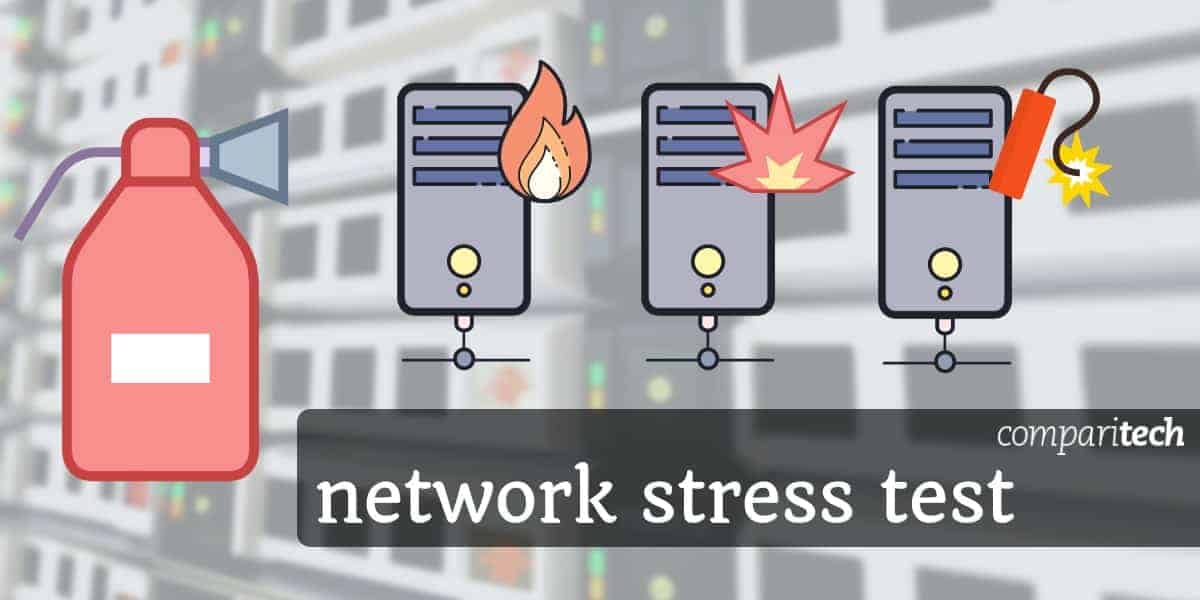
How do IP stresser tools aid in network performance testing?
The primary purpose of an IP stresser is to expose a network system to a precisely calibrated level of stress, simulating real-world situations such as sudden surges in user activity, distributed denial-of-service (DDoS) attacks, or network congestion. Through this controlled application of stress, IT professionals can glean valuable insights into the system’s performance, pinpoint possible bottlenecks, and devise specific optimization tactics.
Utilizing IP stresser tools
- Proactive network monitoring and testing
What Is an IP Booter? IP stresser tools empower network administrators to proactively evaluate the efficiency and robustness of their systems before actual incidents. Through simulating scenarios of elevated traffic, these tools aid in pinpointing any underlying weaknesses or vulnerabilities within the network infrastructure. This proactive approach enables IT teams to promptly tackle issues and guarantee uninterrupted user experiences.
- Capacity planning and resource allocation
Organizations use IP stressors to enhance their comprehension of their network’s capabilities and resource needs. By examining the system’s reaction to different traffic and load levels, IT professionals can make informed choices concerning server setups, bandwidth allotments, and infrastructure expansion to accommodate forthcoming requirements.
- Vulnerability identification and mitigation
IP stresser tools help uncover vulnerabilities in a network’s security protocols, load-balancing mechanisms, and failover systems. By exposing these weaknesses under controlled conditions, organizations can implement appropriate countermeasures and strengthen their network’s resilience against real-world threats, such as DDoS attacks.
- Performance optimization and benchmarking
The data collected from IP stresser tests benchmark a network system’s performance, identify improvement areas, and implement targeted optimization strategies. This could involve adjusting server configurations, optimizing network protocols, or implementing caching mechanisms to enhance the overall responsiveness and efficiency of the network.
Implementing IP stresser tools – Best practices
Effective utilization of IP stresser tools requires a well-planned and structured approach. Here are some best practices to consider when incorporating these tools into your network performance testing strategy:
- Clearly define testing objectives
Before conducting any IP stresser tests, it’s essential to establish clear objectives and success criteria. This could include benchmarking response times, measuring the system’s capacity under load, or evaluating the effectiveness of load balancing and failover mechanisms.
- Establish baseline performance
Establish a baseline of your network’s performance under normal operating conditions. This will serve as a reference point for comparison and help you accurately measure the impact of the IP stresser tests.
- Incrementally increase stress levels
When running IP stresser tests, start with low levels of simulated traffic and gradually increase the load to observe the network’s response. This approach allows you to identify the critical thresholds and potential bottlenecks or points of failure.
- Monitor and analyze relevant metrics
During the IP stresser tests, closely monitor various metrics, such as response times, server utilization, bandwidth consumption, and error rates. This data will enable you to understand the network’s performance under stress and guide your optimization efforts.
- Collaborate with relevant stakeholders
Involve key stakeholders, such as network administrators, security teams, and business leaders, in the IP stresser testing process. This collaboration ensures that the testing aligns with organizational goals and that the insights gained can be effectively communicated and acted upon.
- Maintain comprehensive documentation
Thoroughly document the IP stresser test procedures, the data collected, and the insights gained. This documentation will be a valuable reference for future testing, supporting decision-making, and implementing performance optimization strategies.



